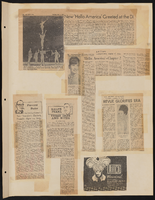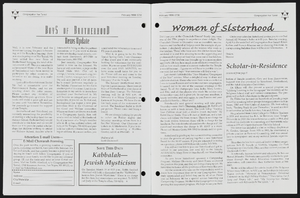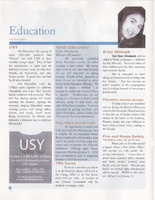Search the Special Collections and Archives Portal
Search Results
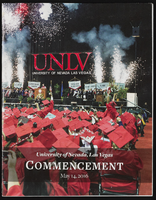
University of Nevada, Las Vegas (UNLV) Spring 2016 commencement program
Date
2016-05-14
Archival Collection
Description
Commencement program from University of Nevada, Las Vegas Commencement Programs and Graduation Lists (UA-00115).
Text
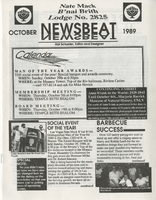
Nate Mack B'nai B'rith lodge no. 2825 Newsbeat newsletters, item 03
Description
Newsbeat newsletter for October 1989
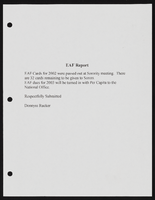
Alpha Kappa Alpha Sorority, Theta Theta Omega Chapter EAF committee reports
Date
2003
Archival Collection
Description
From the Alpha Kappa Alpha Sorority, Incorporated, Theta Theta Omega Chapter Records (MS-01014) -- Chapter records file.
Text
Pagination
Refine my results
Content Type
Creator or Contributor
Subject
Archival Collection
Digital Project
Resource Type
Year
Material Type
Place
Language
Records Classification

